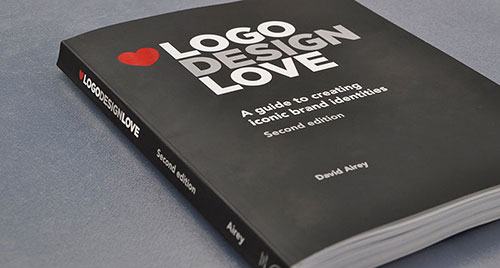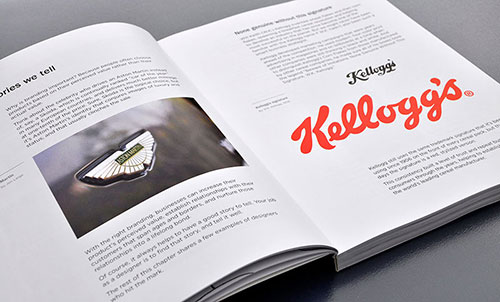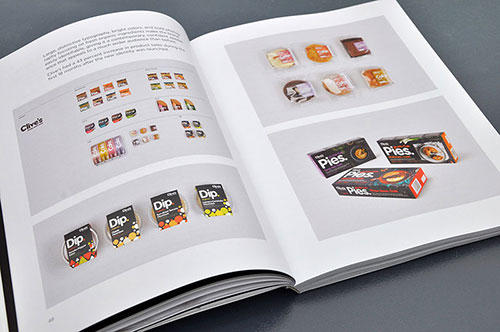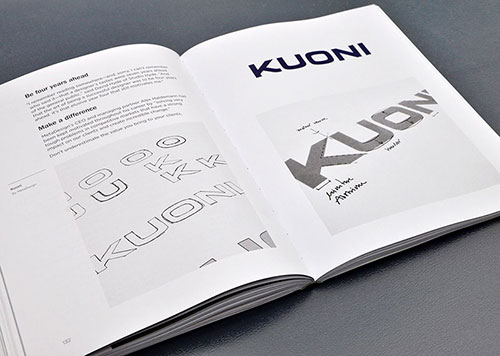This article has been contributed by Mike Hanski.
When you embarked on your chosen career path as a designer, your decision was probably driven by your right-brain thinking. You are a creative person, so you are naturally drawn to artistic ways of expressing yourself.
But what happens when left-brain activities creep into your day-to-day operations? Do you break into a cold sweat when you have to confront a slow-paying client? Does the thought of prospecting for new clients cause you to lose sleep at night?
No matter how hard you try to avoid it, analytical thinking and administrative tasks will encroach on your design business. Rather than stress about this fact, learn to master it.
The Necessity of a Web Design Proposal
This section is going to be short and sweet. Why do you need to worry about mastering the art of writing web design proposals? Because if you don’t, you won’t be able to pay the bills.
Is that incentive enough?!
Web Design Proposals vs. Web Design Estimates
Many designers take the easy way out. Rather than draft an entire proposal, they simply opt for an estimate. After all, that is what your client asked for, right? “How much will it cost to redesign my website?”
That might be what the client wants to know, but that isn’t the information you should provide. Rather than focusing on the money, you need to focus on the problem and how to go about fixing it.
This approach – a persuasive proposal rather than a cut-and-dry estimate – is much more likely to see results. Rather than pointing out the large upcoming expense the clients will have to deal with, you need to show them there is a real problem happening and your solution will make everything better.
Outline of the Perfect Proposal
Do you remember presenting a persuasive argument in your high school public speaking class? You were probably assigned some controversial topic like gun control or abortion and asked to convince the rest of the class about your opinion in X amount of minutes.
Writing a web design proposal isn’t that much different. You have a very short amount of time to persuade the client to take action. You have one shot to convince the client you are the best person for the job.
Here are the four main categories you’ll want to focus on:
- Problem Statement (Define The Problem)
- Proposed Solution (Propose The Solution)
- Pricing Information (Provide Costs To Fix Problems)
- Next Step(s) (Create a Call To Action)
1. Problem Statement
This is probably going to be the most challenging portion of the proposal writing process. You need to get to the root of the client’s problem. The client probably won’t be too jazzed about discussing the company’s problems – airing dirty laundry in public, and all.
On the other hand, you may find the client simply has trouble articulating the problem. Business owners aren’t necessarily marketing professionals. They might not know exactly what the problem is – they just know sales are dropping and something is to blame.
You are going to have to dig. Find out what the real problem is. Then, you can go about finding a solution.
While this step might be challenging, it is absolutely necessary. Your entire persuasive argument breaks down if there is no problem to begin with. In your high school class, there would have been no point in discussing gun control if there was no such thing as murder. Now, there is no point in doing a website redesign if the original is working just fine.
Here is an example of an inefficient problem statement:
Best Pizza Ever is interested in a website redesign to give them a fresh new look. The redesign will include…
Why is that a bad problem statement? Because there is no problem! Why does the company need a fresh new look?
Here is an example of a better problem statement:
Best Pizza Ever has seen a significant increase in competition lately. A lot of the competition utilizes modern-looking websites. Those trendy, hip sites are starting to draw customers away from Best Pizza Ever. Best Pizza Ever needs a fresh new look to ensure existing customers remain loyal and new ones are attracted.
2. Proposed Solution
Now that you (and the client) know what the problem is, you can go about solving it.
Obviously, you’ll want to tell them how you’ll meet their needs. However, you also want to tie everything back to business – how your solution will boost sales, increase visibility, etc. Not what you are providing in list format.
The sub-par proposal would say:
Best Pizza Ever needs an entire website redesign. It will include a new logo, contact form…
The better proposal would start out with:
To effectively recapture the market, Best Pizza Ever needs a website redesign. To do that, we’d start with a needs analysis session. This will help establish the key elements of the website, identify different types of customers, and determine the most effect call to action… The next phase, the content plan, will accomplish… Later, the design phase will incorporate…
Show how you will actually meet the clients’ needs and help improve their bottom line.
This step must be successful. Otherwise, the next portion of your proposal (pricing information) could scare them away. Make your solution so effective the client won’t mind the price – or better yet, think the price is a bargain!
3. Pricing Information
This section will be the hardest for the client to hurdle. Make the information easy to digest and easy to read. Your best bet is to place the data in a grid. This is commonly referred to as the Fee Summary.
THE BAD WAY
As we’ve already seen, there is usually both a good and bad way to do things. When it comes to pricing information, a bad proposal would share something like this:
| WordPress installation |
$400 |
| Theme purchase |
$50 |
| Customization of theme |
$250 |
| Creation of 10 WordPress pages |
$500 |
| SEO Audit |
$300 |
| Total Cost |
$1,500 |
Why is this a bad example? It is far too technical. From your point of view, you’ve outlined everything that needs to be done. From the client’s point of view, this is a confusing list of jargon that comes with a hefty price tag but really means nothing.
THE GOOD WAY
Rather than come at this like a to-do list, think of the client’s needs. How much will it cost to fix their problem and meet their needs?
| Create custom website |
$700 |
| Write website content |
$500 |
| Ensure website is visible in search results |
$300 |
| Total Cost |
$1,500 |
From start to finish, the entire proposal is about fixing the client’s needs. The pricing section is no exception.
In addition to the Fee Summary, you might want to include a Fee Schedule. If the project is fairly large, you’ll want to establish a way to tie payments to applicable milestones. This will also help you create a timetable for the project. The client will be able to envision how you’ll progress through the steps over time.
4. Next Step(s)
As a designer, this step is right up your alley. You need to create a call to action. What do you want the client to do now? Let the client know exactly what needs to be done to set the project in motion.
Consider creating an online proposal. Rather than mail a Word document, grant the client access to a digital version. In this case, the call to action is incredibly simple. All the client has to do is click a button. Online proposals have a much higher success rate and get answered much more quickly. You could even provide a link to make a deposit online.
Can I Create a Template?
Our right-brain thinking often rebels at the idea of drafting a new proposal for each client. Can’t you create a template and copy+paste new information for new prospects?
Yes and no.
If you want a template, we’ve just given it to you – the four steps of the writing process. Beyond that, a template isn’t a good idea. Paragraphs of text that are used for each proposal – regardless of the client – are a bad idea. Each project is different; therefore, each proposal should be different.
If you do want to include a few generic paragraphs about yourself, your company or your past clients (a bit of a portfolio, if you will), do it at the end of the proposal. In order to be as persuasive as possible, you need to focus on them – not you.
Putting it All Together
As long as you successfully determine the clients’ needs and then make those needs the main focus of your proposal, you’ll be able to persuade them to take action. Dealing with all this administrative stuff sure isn’t appealing to most designers. However, it is a necessary evil of business. You might as well learn to do it right!
–
Mike Hanski is a content strategist and a blog writer at Bid4papers.com. He specializes in writing papers and short essays on history and literature and provides editing services to clients from various industries. You can contact him at Google+.
![]()






































 Another old version of the logo.
Another old version of the logo.  Shield detail.
Shield detail.  Shield with word mark.
Shield with word mark.  Big and small versions of the logo (notice less detail on the right-side version).
Big and small versions of the logo (notice less detail on the right-side version).  Bus prototype.
Bus prototype.  Banner prototype.
Banner prototype.  Sweatshirt prototype.
Sweatshirt prototype. 